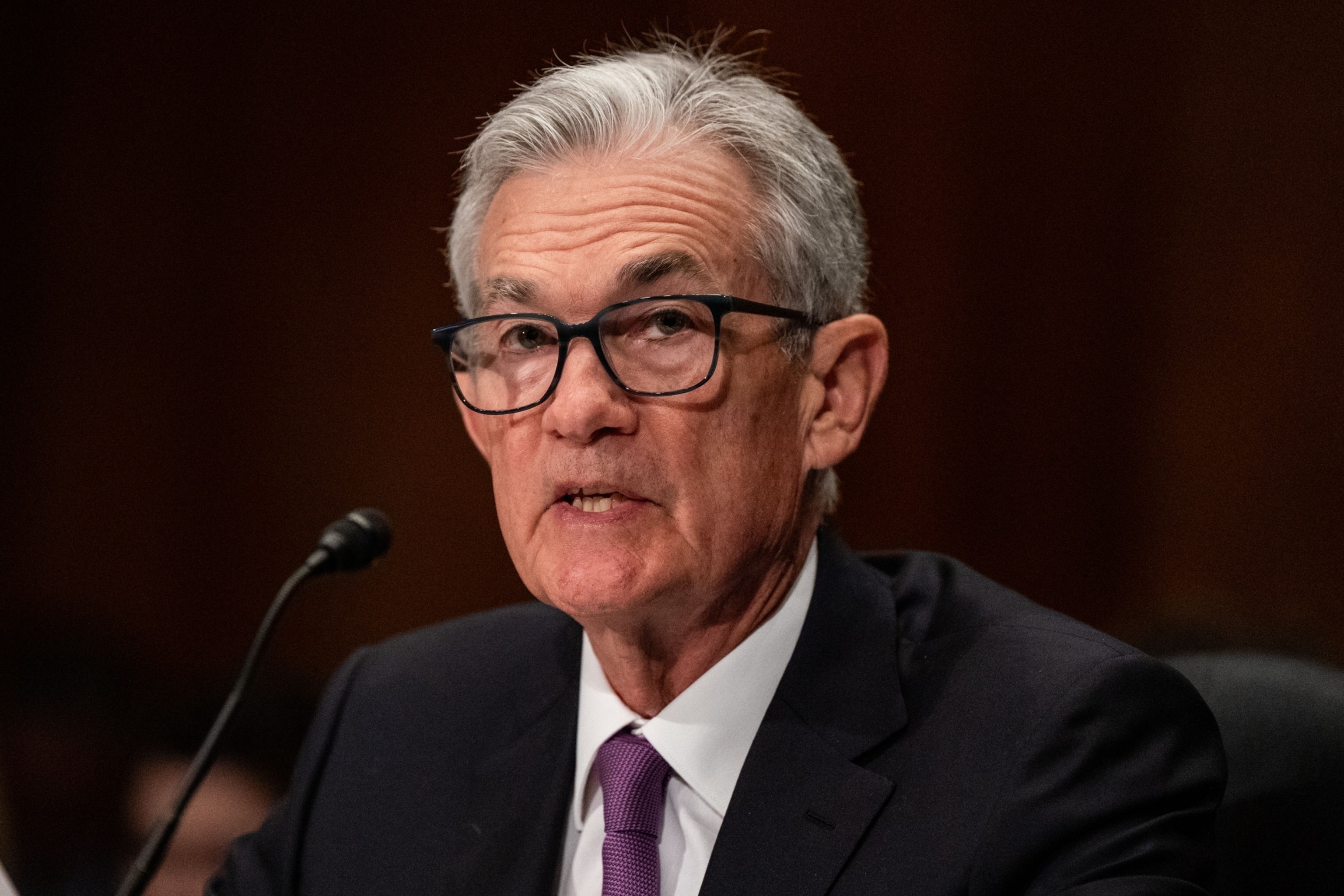U.S. job gains far exceeded expectations in February, a defiant show of strength that keeps the economy humming but signals a cooldown from the breakneck start to 2024, U.S. Bureau of Labor Statistics data on Friday showed.
The economy added 275,000 jobs last month, blowing past economist expectations of about 200,000 jobs added but marking a substantial decline from the hiring of roughly 350,000 workers in January, BLS data showed.
The unemployment rate climbed to 3.9% in February, rising from 3.7% in the month prior, according to the data.
While the job market remains hot, its easing temperature could allow the Federal Reserve to go forward with interest rate cuts expected in the coming months, some analysts told ABC News on Friday.
In other words, the fresh jobs report aligns with the central bank’s path toward a soft landing, in which inflation returns to normal levels while the economy averts a recession, they said.
A solid job market exemplifies the continued strength of the U.S. economy, since profits driven by strong demand lead to growth and additional hiring. However, excess demand risks driving up prices and rekindling inflation.
“For those worried about signs of unwelcome heat in the market after the past few months, this report is a welcome cooling breeze. And if you’re concerned about a labor market on unsteady ground, you shouldn’t be too frightened,” Nick Bunker, economic research director for North America at Indeed Hiring Lab, told ABC News in a statement.
Inflation has fallen significantly from a peak of 9.1% but it remains roughly a percentage point higher than the Fed’s target rate of 2%.

Federal Reserve Bank Chairman Jerome Powell testifies before the Senate Banking, Housing and Urban Affairs Committee on Capitol Hill, Mar. 7, 2024, in Washington.
Kent Nishimura/Getty Images
While job growth remains robust, the performance last month keeps the central bank on track for interest rate cuts this year, Mark Hamrick, senior economic analyst at Bankrate, told ABC News in a statement.
The Fed “isn’t in a hurry to cut rates, but it is setting the stage,” Hamrick said.
When weighing an interest rate cut, the Fed closely watches wage growth, since a rise in worker pay could prompt businesses to offset the added costs by raising prices.
Wages climbed 4.3% in February compared to a year ago, the BLS data on Friday showed. That rate exceeds the inflation rate of 3.1%, effectively giving the typical worker a pay bump.
However, the wage growth falls short of expectations, putting the central bank on track to achieve its goal of moderate inflation and continued economic expansion, Seema Shah, chief global strategist at Principal Asset Management, told ABC News in a statement.
“If the economy can continue to add jobs but without triggering a resurgence in wage growth, the Fed will achieve its soft landing,” Shah said.
In recent months, the U.S. economy has shown signs of strength as job gains have exceeded expectations, sparking optimism among economists and policymakers for a ‘soft landing’ in the coming months. The latest jobs report released by the Bureau of Labor Statistics revealed that the economy added 531,000 jobs in October, surpassing the 450,000 jobs that economists had predicted.
This surge in job gains is a positive sign for the economy, as it indicates that businesses are continuing to hire and expand their operations. The strong job growth is also a reflection of the improving labor market conditions, with the unemployment rate falling to 4.6% in October, down from 4.8% in September.
The job gains were broad-based across various sectors, with notable increases in professional and business services, leisure and hospitality, and manufacturing. This suggests that the recovery is not only being driven by a few industries but is more widespread and sustainable.
The strong job gains have bolstered optimism among economists and policymakers that the economy is on track for a ‘soft landing.’ A soft landing refers to a scenario where the economy slows down gradually without entering a recession. This is seen as a desirable outcome as it helps to avoid the negative consequences of a sharp economic downturn, such as job losses and financial instability.
The Federal Reserve has been closely monitoring the economic data to determine its next steps regarding monetary policy. The strong job gains have raised expectations that the Fed may start to taper its bond-buying program sooner than expected, as the economy shows signs of resilience and strength.
However, there are still some challenges ahead that could impact the outlook for a soft landing. The ongoing supply chain disruptions, rising inflation, and uncertainty surrounding the Omicron variant of COVID-19 are all factors that could potentially derail the recovery.
Overall, the strong job gains in October have provided a much-needed boost to the economy and have bolstered optimism for a soft landing. As we head into the final months of the year, all eyes will be on how the economy continues to perform and whether policymakers can navigate the challenges ahead to ensure a smooth and sustainable recovery.



